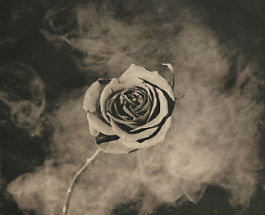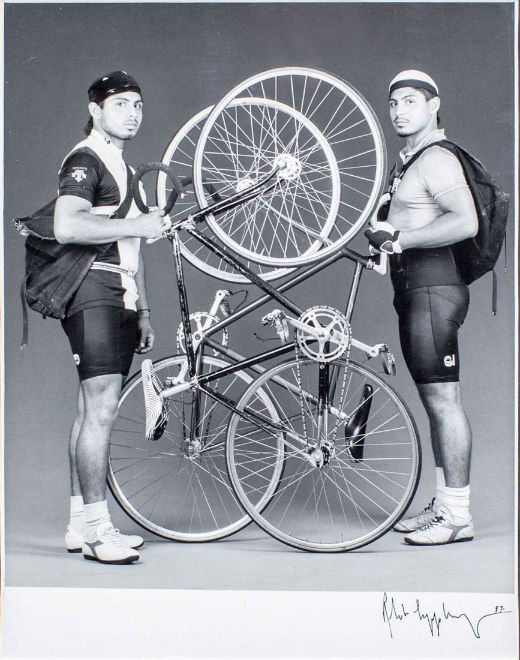
NEW YORK – The 20th century produced many great photographers – Ansel Adams, Helmut Newton, Annie Liebovitz and Richard Avedon come instantly to mind – but few were as provocative and notorious as Robert Mapplethorpe (1946-1989), whose work fueled a national debate over the public funding of controversial artwork. Armed initially with an unassuming Polaroid SX-70 camera, Mapplethorpe forged a career that explored many subjects. These included celebrity portraits, male and female nudes, self-portraits and flowers. Nearly all were in black and white.
But Mapplethorpe is probably most remembered for his exploration of the gay BDSM (bondage, discipline and sado-masochism) subculture of New York City in the late 1960s and early ’70s. Many found his images of naked or nearly naked men and women engaged in various sex poses shocking, but Mapplethorpe once said, “I don’t like that particular word ‘shocking.’ I’m looking for the unexpected. I’m looking for things I haven’t seen before. I was in a position to take those pictures. I felt an obligation to do them.” Numerous attempts to legally censor his work failed.
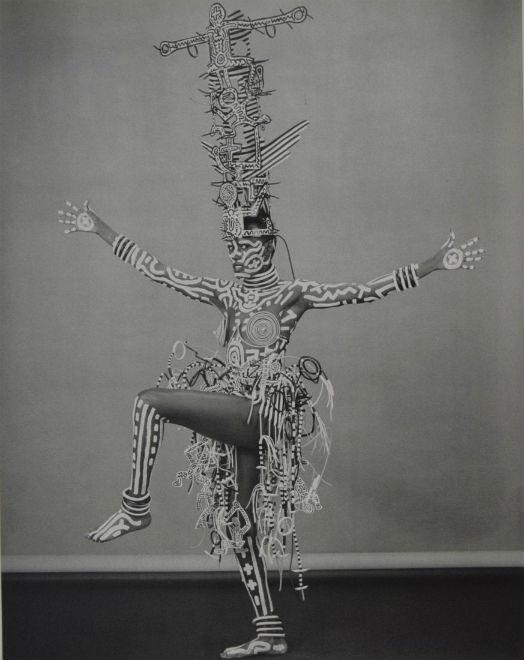
Robert Mapplethorpe was born in Queens, New York, the son of an electrical engineer father and stay-at-home mother. He said of his childhood, “I come from suburban America. It was a very safe environment and it was a good place to come from, in that it was a good place to leave.” He enrolled at the Pratt Institute in Brooklyn in 1963, where he studied drawing, painting, graphic arts and sculpture. He experimented with various materials in mixed-media collages. He got the idea to incorporate Polaroid photographs into the collages, saying he felt “it was more honest.”
By the mid-1970s, Mapplethorpe had pretty much abandoned collages altogether and focused entirely on photography, still using a Polaroid and working exclusively in black and white. Then, the art curator Sam Wagstaff, who would become Mapplethorpe’s mentor, lover, patron and lifelong companion, gave him a Hasselblad medium-format camera and Mapplethorpe began taking photos of his widening circle of celebrity friends, to include Andy Warhol, Debbie Harry, Richard Gere, Peter Gabriel, Grace Jones, Iggy Popp, David Hockney and the singer Patti Smith.
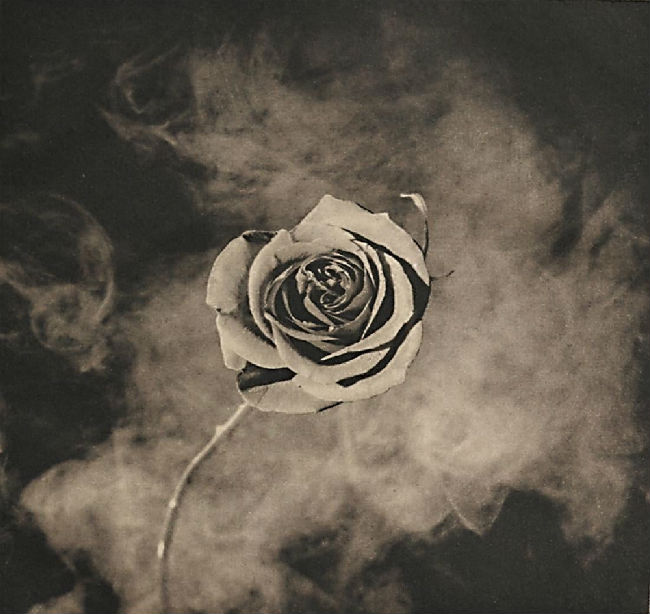
Smith, if fact, was Mapplethorpe’s girlfriend and roommate from 1967-1972 and she supported him by working in a bookstore while her own fledgling career was getting launched. They remained close friends for the remainder of his life until his death at age 42 from AIDS/HIV. In 1996, Smith wrote a book titled The Coral Sea that she dedicated to Mapplethorpe, and her 2010 memoir, Just Kids, focused on her relationship with Mapplethorpe. The book won the 2010 National Book Award for Nonfiction. In a passage from Just Kids, Smith said of her friend:
“Robert took areas of dark human consent and made them into art. He worked without apology, investing the homosexual with grandeur, masculinity and enviable nobility. Without affectation, he created a presence that was wholly male without sacrificing feminine grace. He was not looking to make a political statement or an announcement of his evolving sexual persuasion. He was presenting something new, something not seen or explored as he saw and explored it. Robert sought to elevate various aspects of male experience, to imbue homosexuality with mysticism.”
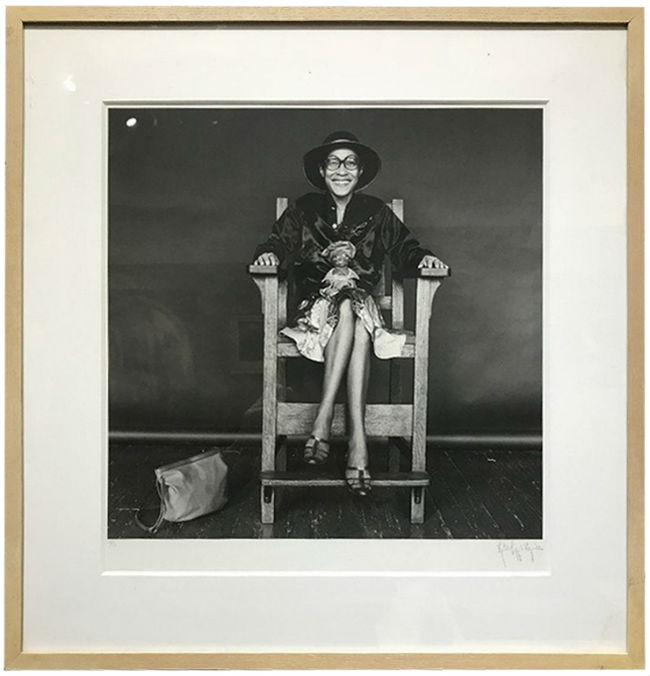
Monica Brown, senior specialist of fine prints for the Hindman auction house in Chicago, said the breadth of Mapplethorpe’s subject matter and the groundbreaking extremes to which he took it are not only part of the fabric of art history but also of American culture. “His place in art history and the politics of art history is solidified as his work was in part what prompted the Congressional outcry on limiting the NEA’s ability to fund artists whose work was deemed to be ‘inappropriate’ in the late 1980s,” Brown said. “It’s important to look at Mapplethorpe’s work through the lens of its time, but his work, and certainly his most coveted images, are revered for their intricate staging and focus, and his ability to pull the viewer into the stillness of the image like only a gifted artist can.”
Brown added, “As with any iconic photographers, there will inevitably be a market for vintage prints in good condition. Photography as a whole can be confusing to beginning collectors –edition sizes, vintage printings vs. posthumous, different sizes of the same image, different media, condition, etc. – which is why growth in the photography market as a whole in the age of the iPhone has not been exponential. That being said, no photography collection would be complete without a nod to the photographers that have shaped the art form as we know it today. Mapplethorpe is part of that history and even beginning collectors are aware of his looming presence in the canon.”
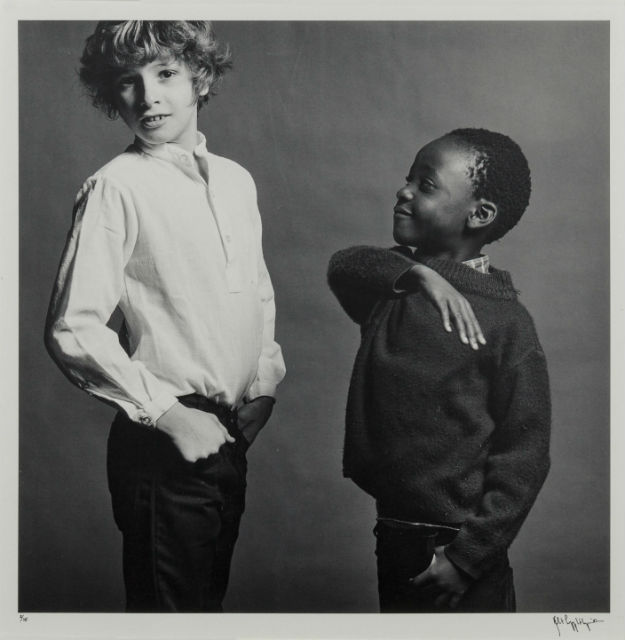
As for market demand for images by Mapplethorpe, Meredith Hilferty of Rago Arts & Auction in Lambertville, N.J., believes his work will continue to demand attention and strong prices. “We have not seen a dramatic change in the market in the last two years,” Hilferty said. “Many of his images are still bringing comparable prices across that time period and we see slight variation depending on condition of each. In my estimation, he will remain one of the important photographers of the 20th century.”
Looking specifically at auction, the highest amount paid for a Mapplethorpe photograph was set in 2017 with his 1988 Self Portrait (printed in 1996). The price, with buyer’s premium, was just shy of $730,000. The second highest record was set in 2006 with a portrait of Andy Warhol; the price, with premium, was a little less than $650,000 .
“It’s significant that the highest-selling work in 2019 was $93,750 with premium,” Monica Brown pointed out. “One could speculate on the reasons for this – the lack of truly great work coming to market, a shrinking buyer universe of whatever – but this is a statement on the photography market as a whole. But I stand by the fact that for any truly great Mapplethorpe image in excellent condition, there will be multiple buyers looking to add this to their collection. True photography collectors are discerning and specific. They will pay for what they want.”
# # #


